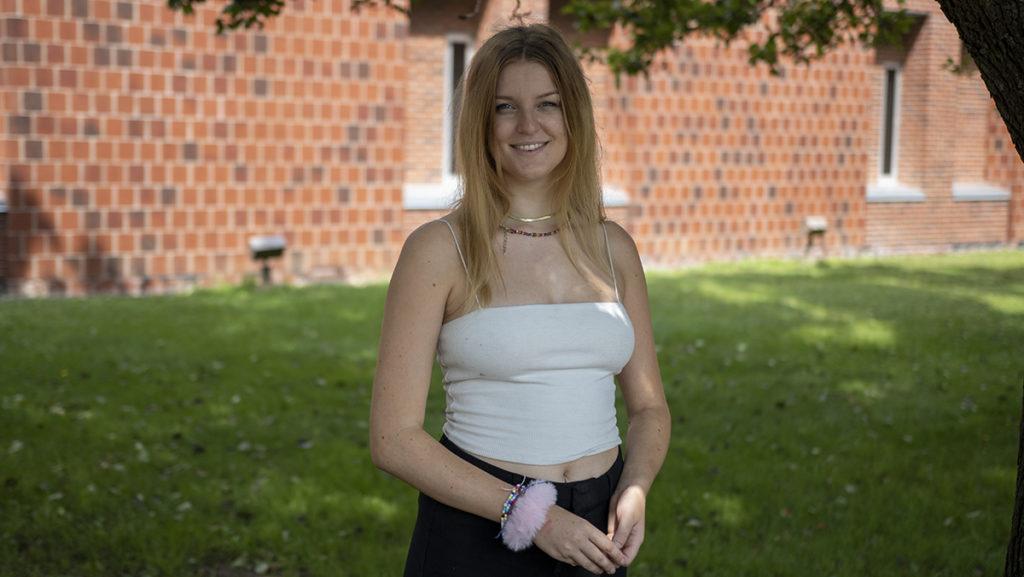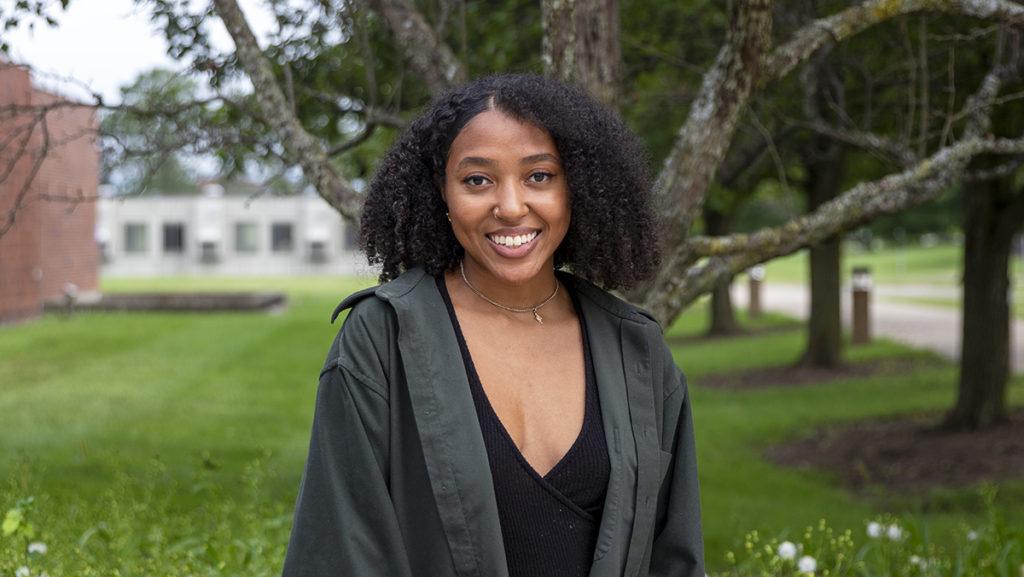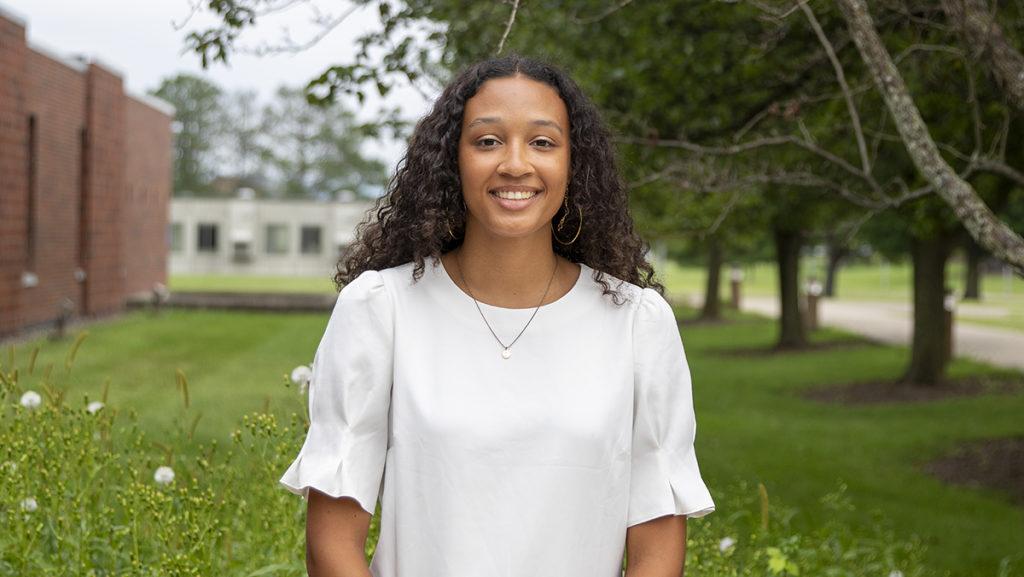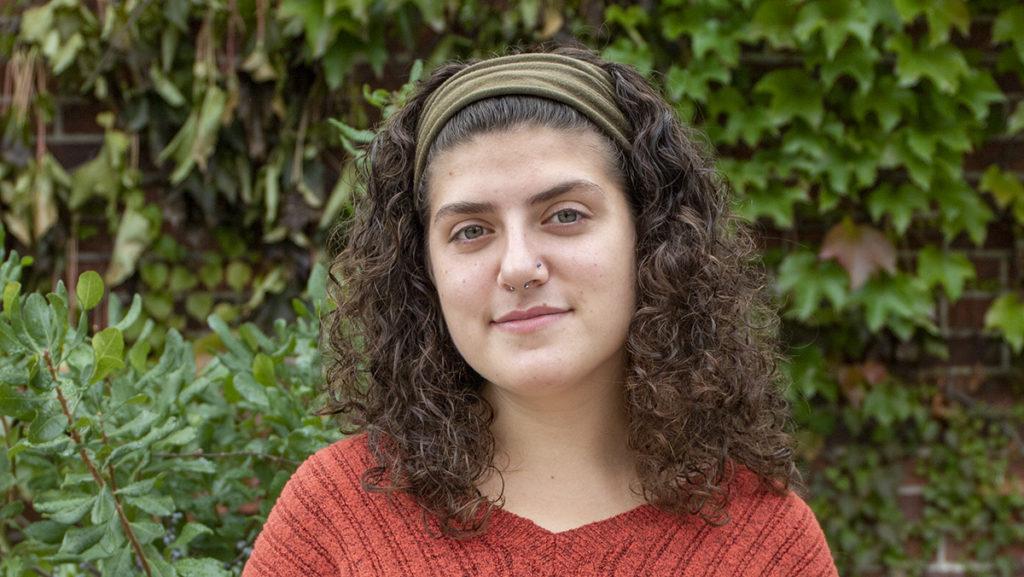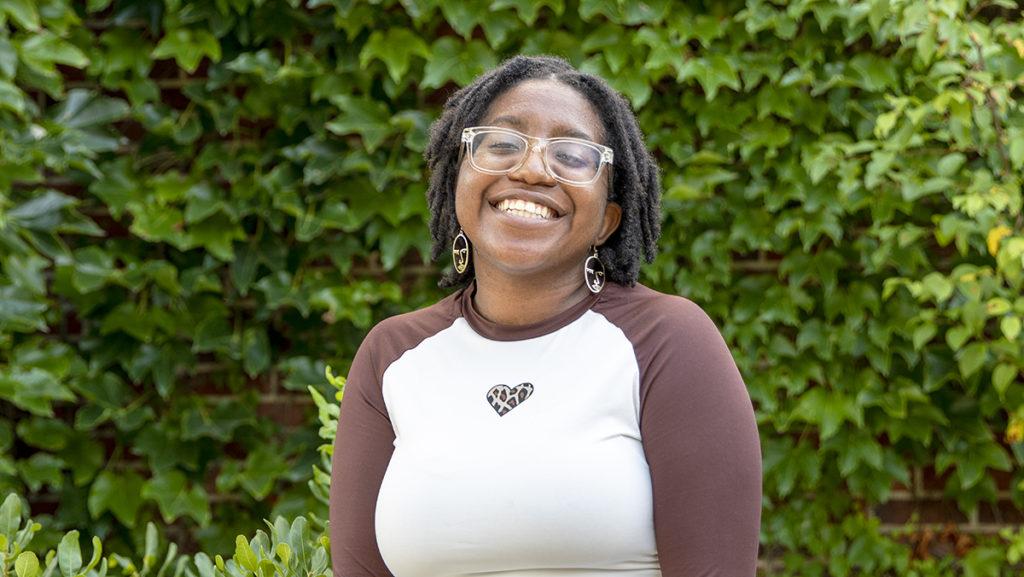Unless you haven’t been out in public or on the Internet for at least three months (in which case, thank you for choosing my blog as your triumphant return to cyberspace), you know that Disney’s Frozen is something of a cultural phenomenon. By finally perfecting its power to pander to the least common denominator, the animation powerhouse has created a 90-minute empire with almost $1 billion in box office, more than a million soundtrack sales, and more social media coverage than Buzzfeed can probably even track.
My less-than-charitable feelings for the movie itself aside (am I seriously the only person who thought the script was a huge step backward from Tangled and Wreck-It Ralph?), the result has been a renewed interest in the sociocultural implications of the ‘Disney Princess’ franchise, which is officially comprised of Snow White, Cinderella, Aurora, Ariel, Belle, Jasmine, Pocahontas, Mulan, Tiana, Rapunzel, and Merida. That last one, of course, isn’t even from a Disney Animated Classics film, but I seriously digress.
The princesses have been a topic of feminist criticism for decades, and rightly so. Ever since Snow White sang “Someday My Prince Will Come” 77 years ago, the heroines of the now-ubiquitous tradition of films into which Frozen now enters have been fairly poor role models for the generations of young girls (or, rather, people in general) who have been raised on them.
The arguments are obvious: with few and disputable exceptions, the princesses live to find happiness in the form of a man. They’re also overwhelmingly white, and, race aside, are fairly identical.
What I’m saying is, I get it; in some ways, Disney has left much to be desired in meeting its responsibility to create role models for its viewers. Here’s what I don’t get: why are people so obsessed with seeing the princesses become catch-alls for representation of absolutely everybody and everything? They’re begging for princesses with tattoos, princesses with glasses, or just no more princesses, at all, ever.
And there’s this one: a sketch series depicting the princesses with disabilities. It makes a strong visual statement, but by taking a closed-minded approach to the definition of “disability.” I understand that disability would an important factor in increasing the physical diversity of the characters, but then why is amputation the only form depicted? No deaf princesses, blind princesses, princesses with mental illness? You can’t have it both ways; it cheapens the argument and just makes this confusing.
Every living person deserves to be able to see part of themselves represented by a hero, real or fictional. Trying to frame the entire media representation discussion in terms of just 11 characters is a lost opportunity.


